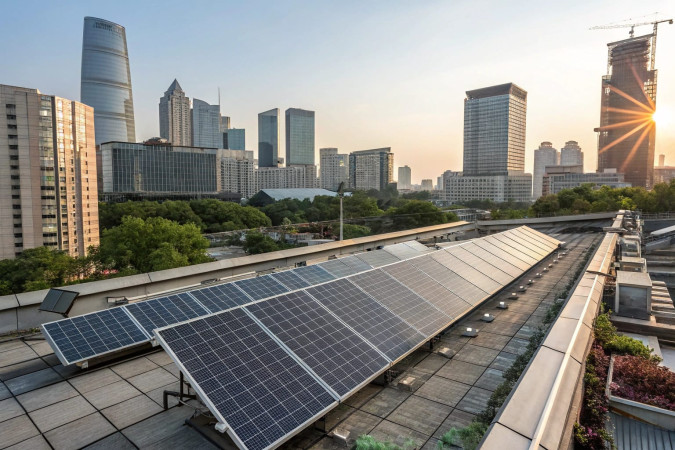
Follow India Renewable Energy News on WhatsApp for exclusive updates on clean energy news and insights
IEA’s Electricity 2025 Report: Key Trends Shaping the Future of Power
Feb 18, 2025
The International Energy Agency (IEA) released its Electricity 2025 report on February 14, 2025, providing a detailed outlook on global electricity demand, supply, and emissions through 2027. The findings emphasize the rapid pace of electrification, the dominance of renewables, and challenges in grid resilience. Here are five key takeaways from the report:
1. Surging Global Electricity Demand
- In 2024, global electricity demand surged by 4.3% and is projected to grow nearly 4% annually until 2027, adding 3,500 TWh—equivalent to Japan’s total electricity consumption.
- China and India will drive 85% of this demand growth, with China alone accounting for 54% of the global increase in 2024. The country’s electricity consumption is expected to rise 6% annually through 2027.
2. Renewables Dominate Energy Growth
- Renewable energy will meet 95% of new electricity demand, with solar PV contributing half of this expansion.
- Global solar PV generation surpassed 2,000 TWh in 2024 and will continue rapid growth.
- By 2025, renewables will surpass coal as the world’s largest source of electricity generation.
3. Industrial Electrification Accelerates Consumption
- Manufacturing solar PV modules, batteries, and EVs consumed 300 TWh in 2024—matching Italy’s annual electricity use.
- Data centers and 5G networks are becoming major electricity consumers, with China’s data center electricity consumption expected to double by 2027.
- EV charging in China alone accounted for over 100 TWh in 2024 and is set to rise sharply.
4. Emissions Plateau as Fossil Fuels Decline
- Global CO? emissions from electricity generation are expected to stabilize by 2027 as renewables replace coal.
- Coal’s share in power generation will fall below 33% for the first time this century.
- Natural gas-fired generation will see modest growth of around 1% per year.
5. Grid Resilience Faces Challenges
- Negative electricity prices are becoming more common in regions with high renewable energy penetration, emphasizing the need for flexible power systems.
- Extreme weather events are increasingly threatening electricity security, with major outages recorded in the US, Australia, and Latin America in 2024.
The energy transition is gaining momentum, with electrification and renewables reshaping global power systems. However, the real challenge is ensuring that the shift to clean energy keeps pace with demand growth and climate goals. The world must rapidly scale up grid resilience, energy storage, and policy frameworks to avoid bottlenecks in the transition.